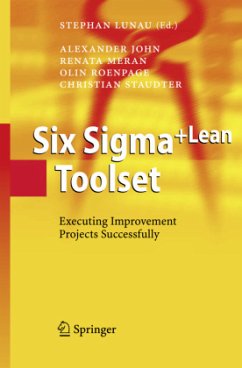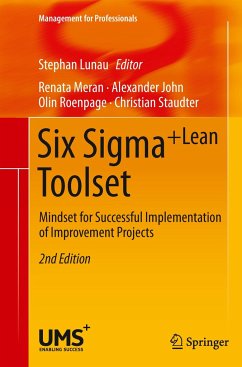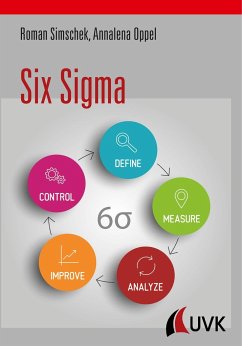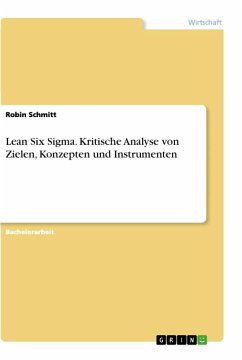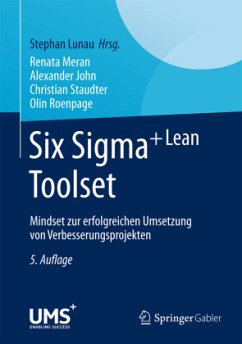
Six Sigma for Students
A Problem-Solving Methodology

PAYBACK Punkte
49 °P sammeln!
This textbook covers the fundamental mechanisms of the Six Sigma philosophy, while showing how this approach is used in solving problems that affect the variability and quality of processes and outcomes in business settings. Further, it teaches readers how to integrate a statistical perspective into problem solving and decision-making processes. Part I provides foundational background and introduces the Six Sigma methodology while Part II focuses on the details of DMAIC process and tools used in each phase of DMAIC. The student-centered approach based on learning objectives, solved examples, p...
This textbook covers the fundamental mechanisms of the Six Sigma philosophy, while showing how this approach is used in solving problems that affect the variability and quality of processes and outcomes in business settings. Further, it teaches readers how to integrate a statistical perspective into problem solving and decision-making processes. Part I provides foundational background and introduces the Six Sigma methodology while Part II focuses on the details of DMAIC process and tools used in each phase of DMAIC. The student-centered approach based on learning objectives, solved examples, practice and discussion questions is ideal for those studying Six Sigma.




